J. Paul Neeley: Instead of simplifying, let's start with discovery
J. Paul Neeley is an American Designer & Researcher based in London. He consults with organisations in Speculative Design at Neeley Worldwide and teaches these approaches at the School of Critical Design. He has worked across a variety of industries and explored topics from AI, VR, and synthetic biology, to wellness, civility, future mobility, and climate change. At the summit, J. Paul will discuss the New Kind of Design, outlining new approaches to design practice with new frames and methods to address the complexity and computational irreducibility in design and business.
Which stage of the classical design journey – discover, decide, develop, deliver – gets hit hardest when solving complex problems? In which part of the process is radical change needed to approach complex issues?
I think the entire classical design journey generally fails when we begin to address complex problems. The biggest issue is that we are trained to narrow scope, simplify, abstract, until we can "understand" the issue. We then build solutions based on those simplified abstractions and put them out into the world, but in reality we have no idea what we've done, because in simplifying the complexity so that we could understand it, we've really just thrown out a lot of important information essential to appreciating the complexity, and our solutions then have little hope of broad system level success.If there is one part of the process to begin to change to better approach complex issues, I would suggest starting with discovery. For each issue being addressed, we need a radically broader purview, and should seek to understand the system well beyond the initial scope of the project. A sort of consideration of everything is needed as a first step to help us sit with the complexities we are operating within.
What are the main competencies and people you involve in solving a complex issue? Who are the designers who run the process of solving complex problems? What are their competence and academic background? Or should we look towards sociologists, anthropologists etc.?
This always depends on the complex issue we are looking to understand, but there are a few competencies I regularly turn to in these instances. Domain expertise is essential, and reaching out to experts and academics in the field to get a great starting point for understanding where the tensions are, open questions, motivations, and current directions of inquiry. I also feel anthropologists, sociologists, and semioticians are all incredibly useful expertises to have in the early stages of a project, helping to reveal the deep need and meaning space that we'll be working within.On the design side, I don't think any particular university qualification is needed. I've seen great designers come from business, journalism, medicine, and more. But because design is a discipline of decision making in complex contexts, it is critical to see how someone has made decisions in the past, so a portfolio of design work is essential and the best way to get a sense of how someone works. The practice of design for me is a sort of a trained intuition overtime that comes from engaging with these kinds of problems over and over again. (I would also say I have found individuals with graphic design backgrounds can sometimes make the leap into working in these complex problem spaces in a really positive way, perhaps because they are expert at visualising and translating complex information into understandable elements.)
When should system design/systemic approach and design process be integrated? What are the biggest challenges here?
Always. Nothing exists outside of larger systems they sit within, so those larger systems must always be considered in the approach. And I think this is also the challenge, as at the moment designers generally fail to recognize this need for a larger systemic approach, or they recognize the need but budgets and project constraints don't allow for a proper exploration. Either way, this failure to understand the system almost always ensures the "solution" creates some new tension or failure in the larger system to then be "solved" for again.Do you have any good examples of how new methodologies and approaches have been applied to solve complex societal challenges?
I'm starting to see more elaborate and complete context setting as a way of understanding the current state before intervening. These holistic systems maps and frameworks give us a chance to make sure our proposed interventions will better work in the world, because we've considered the wider implications and knock on effects, and have a better sense of how this existing web of flows and interactions and exchanges will be impacted with our proposed change.I love the project Anatomy of an AI system. This radical expansion of our understanding of AI from interaction to system, to human, to life cycle I believe is the kind of representation we should be striving for with every design project.
Another example for me would be the donut economics framework. This overview of our "safe and just space for humanity" and the foundations and ceilings of consumption force a reckoning with our design decisions for any particular proposed change in the world.
And a final example would be emerging speculative design approaches. A very typical narrowing of purview today, is to make decisions based completely on how things exist today and optimising for these conditions. In this way we fail to take into account how things are changing and what our future will look like. Speculative Design helps us explore the implications of emerging technologies and social and cultural change so that we can better understand future possibilities and change our behaviour today.
On October 21, J. Paul will also run a Speculative Design Introduction workshop. In this workshop, he discusses how the approach can indeed create value in industry settings and talks about the ethical imperative we all have to be spending more time thinking about the future.

